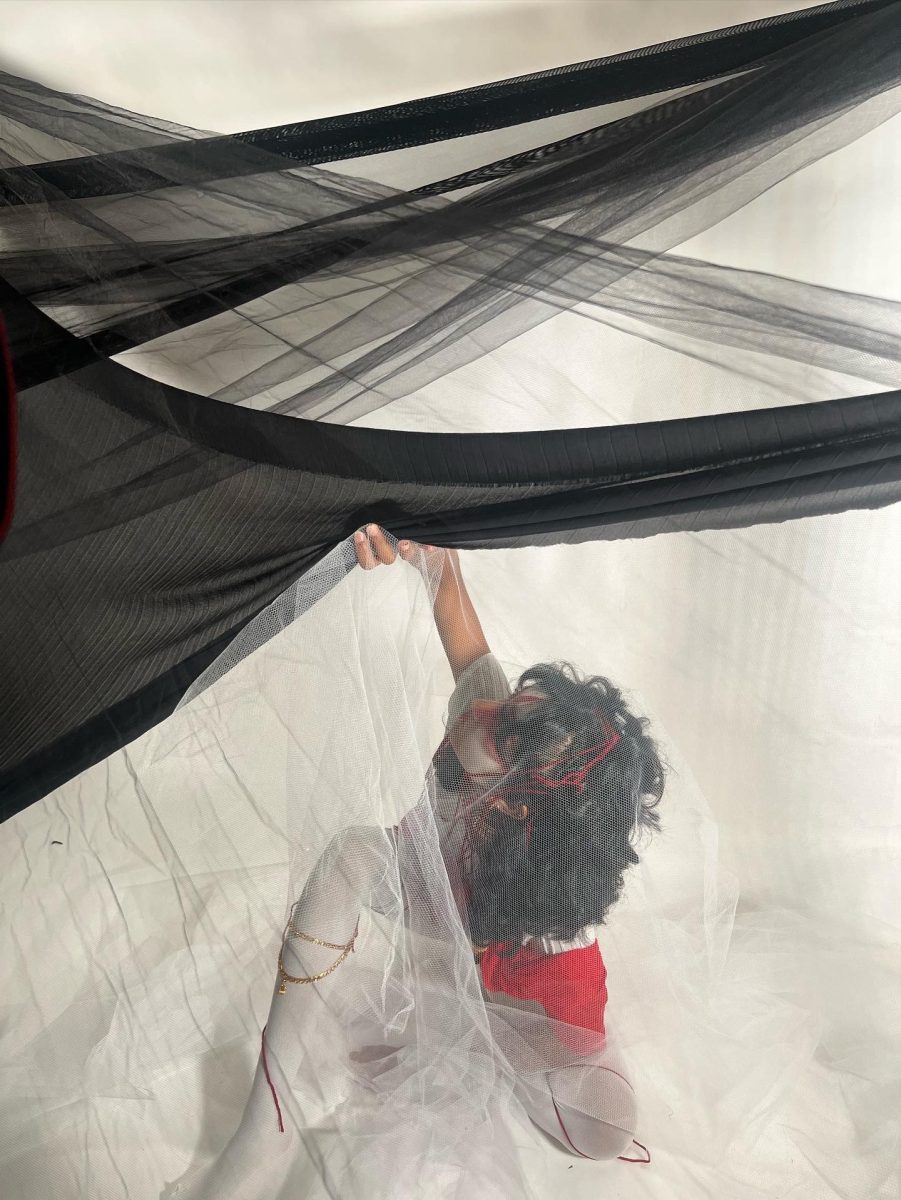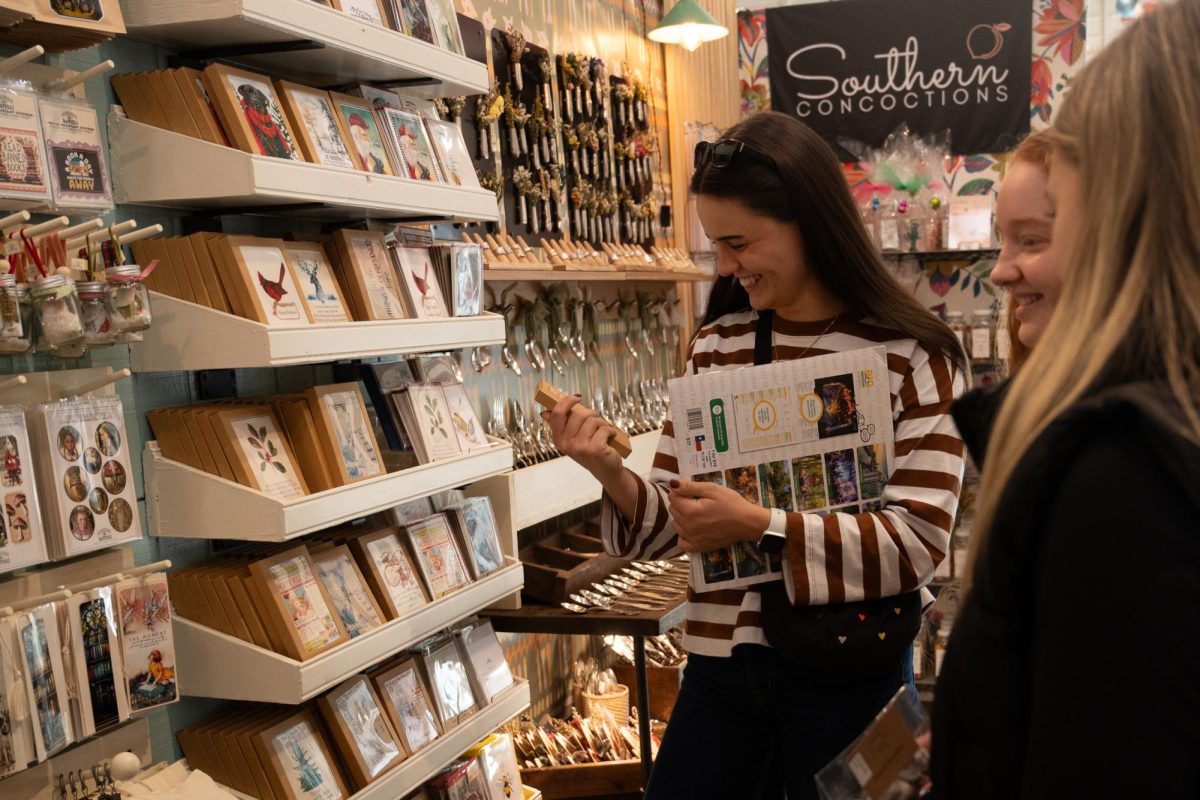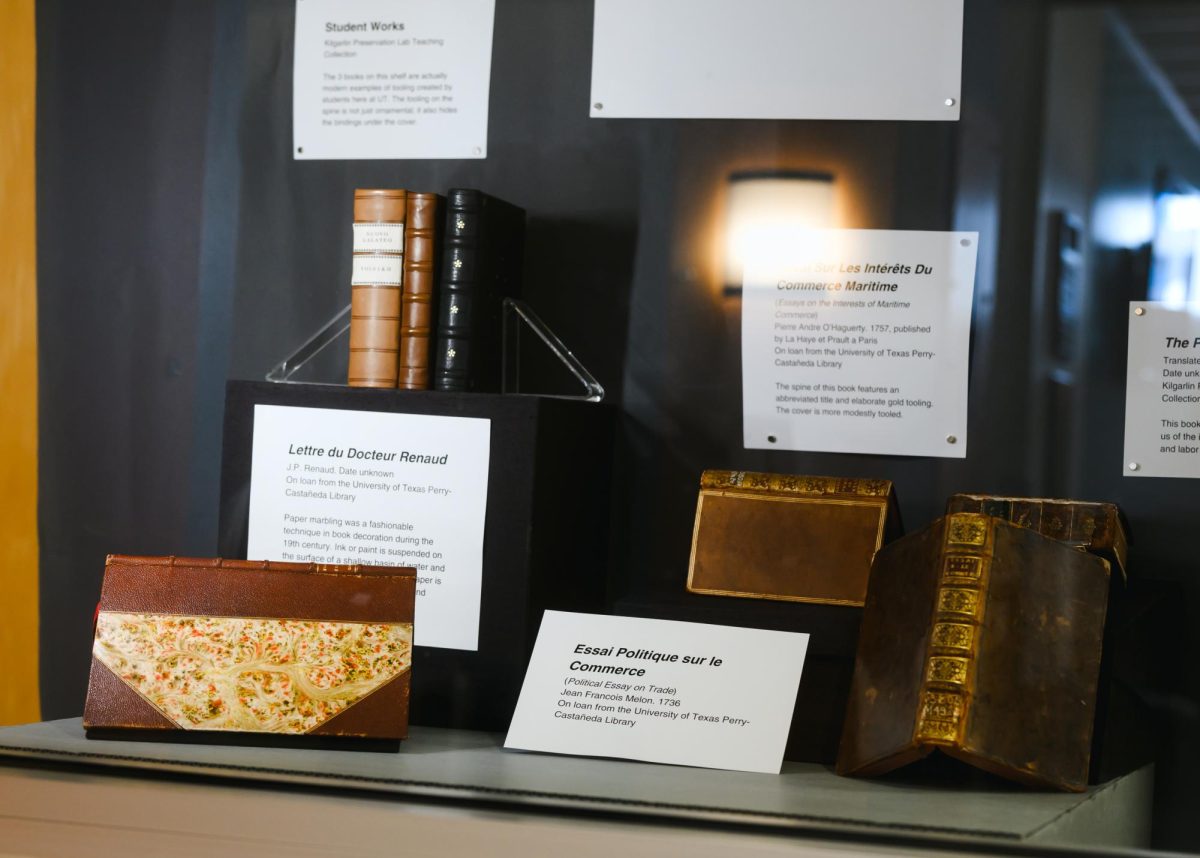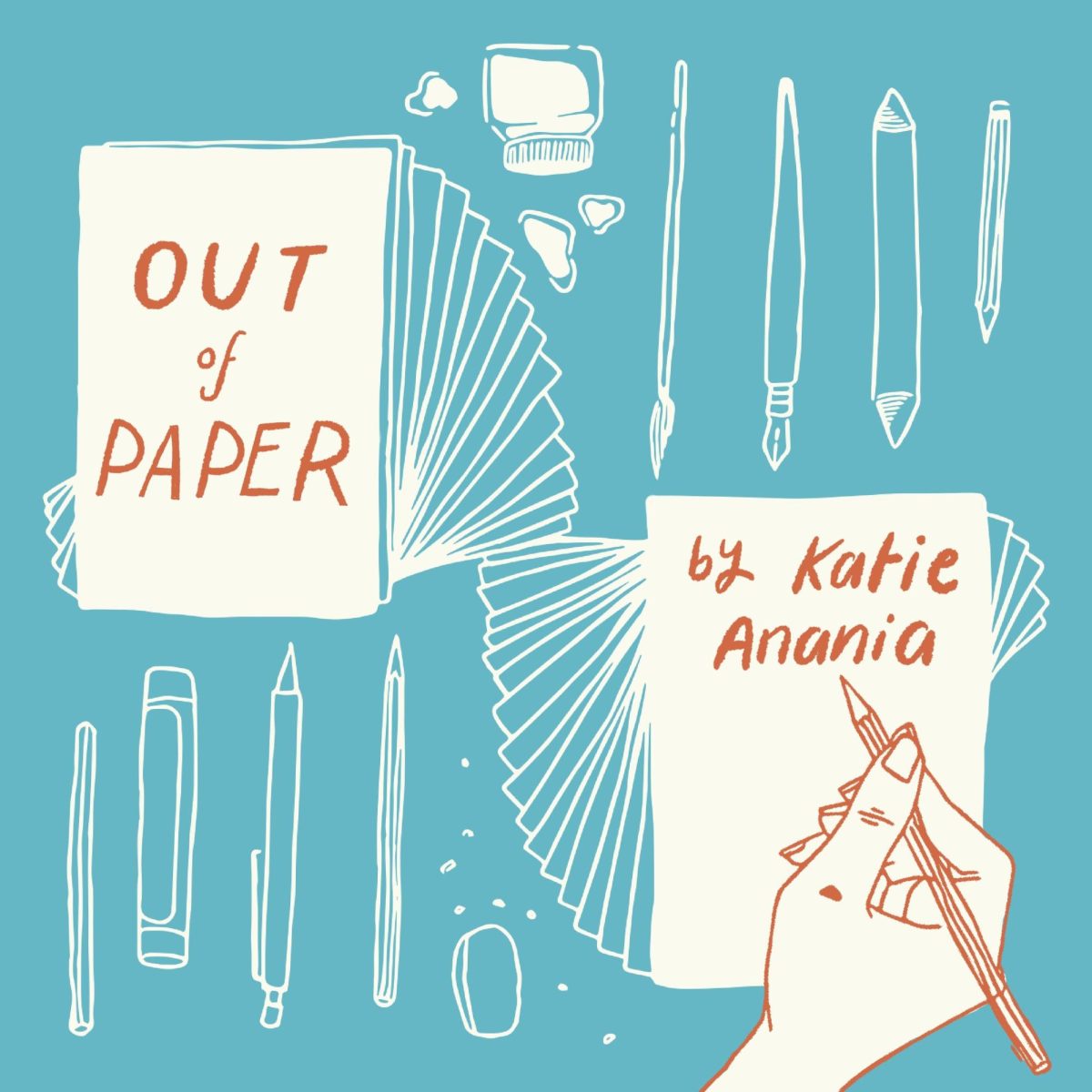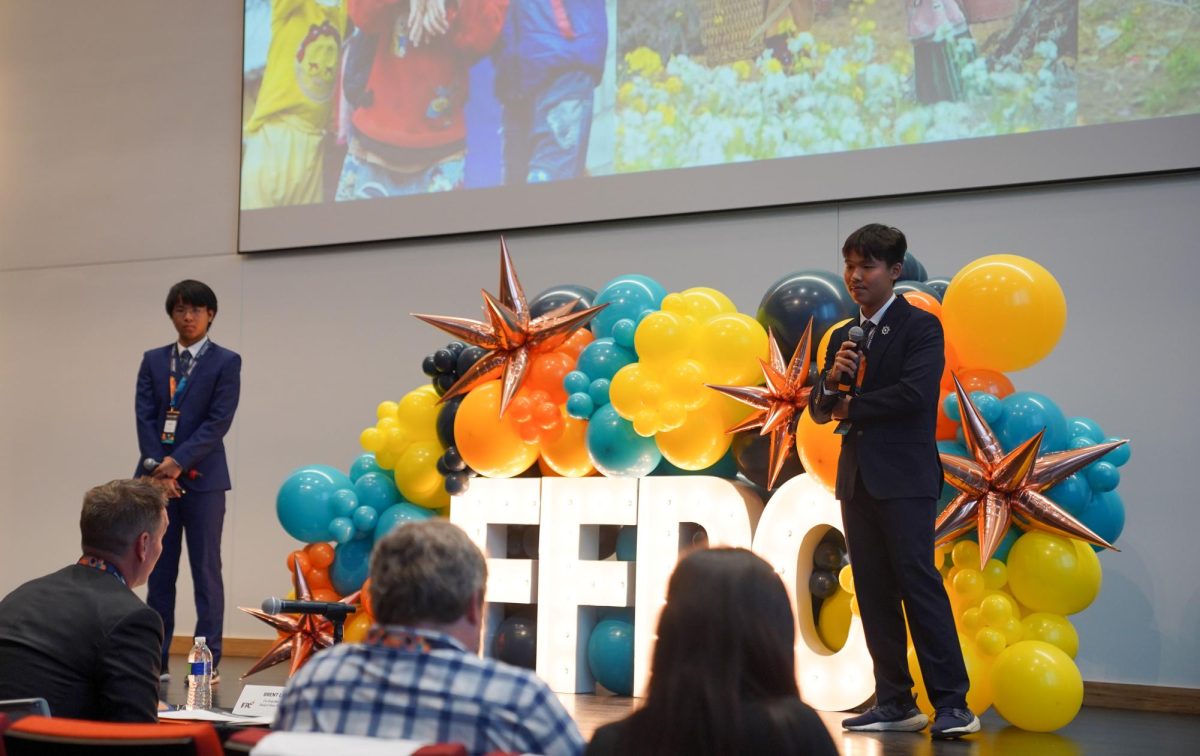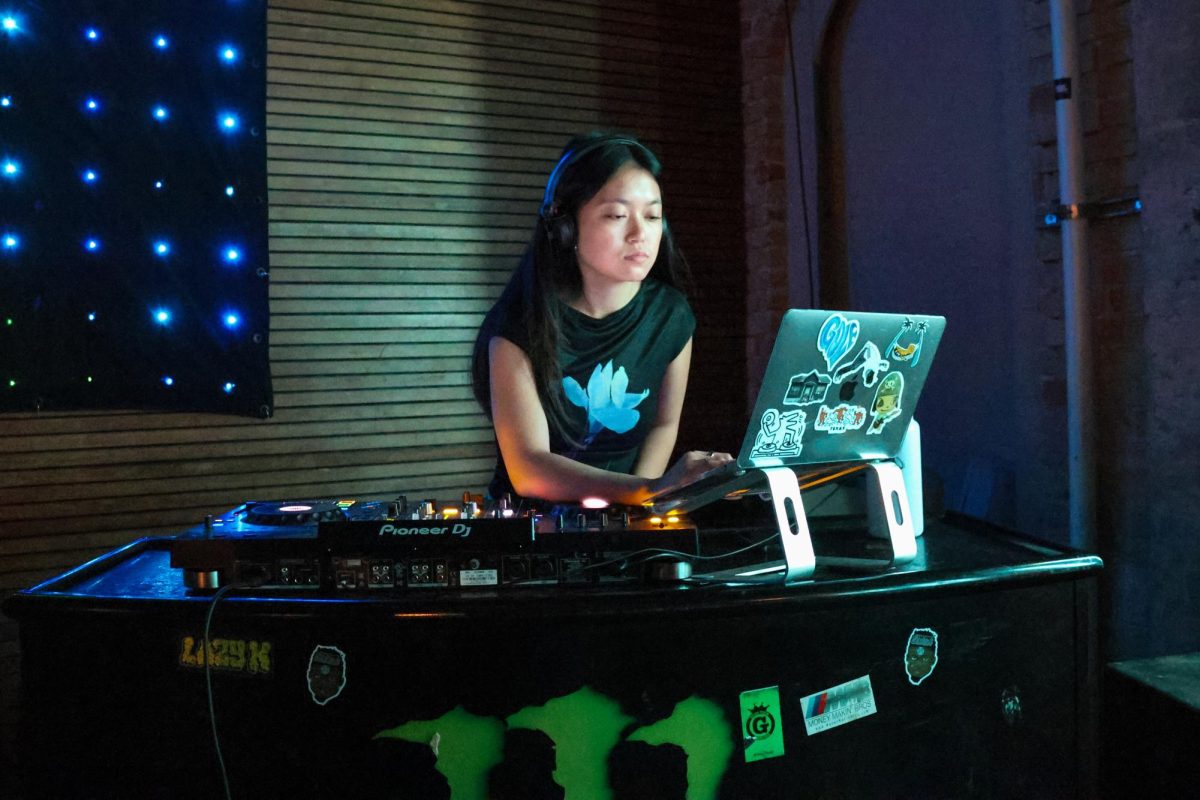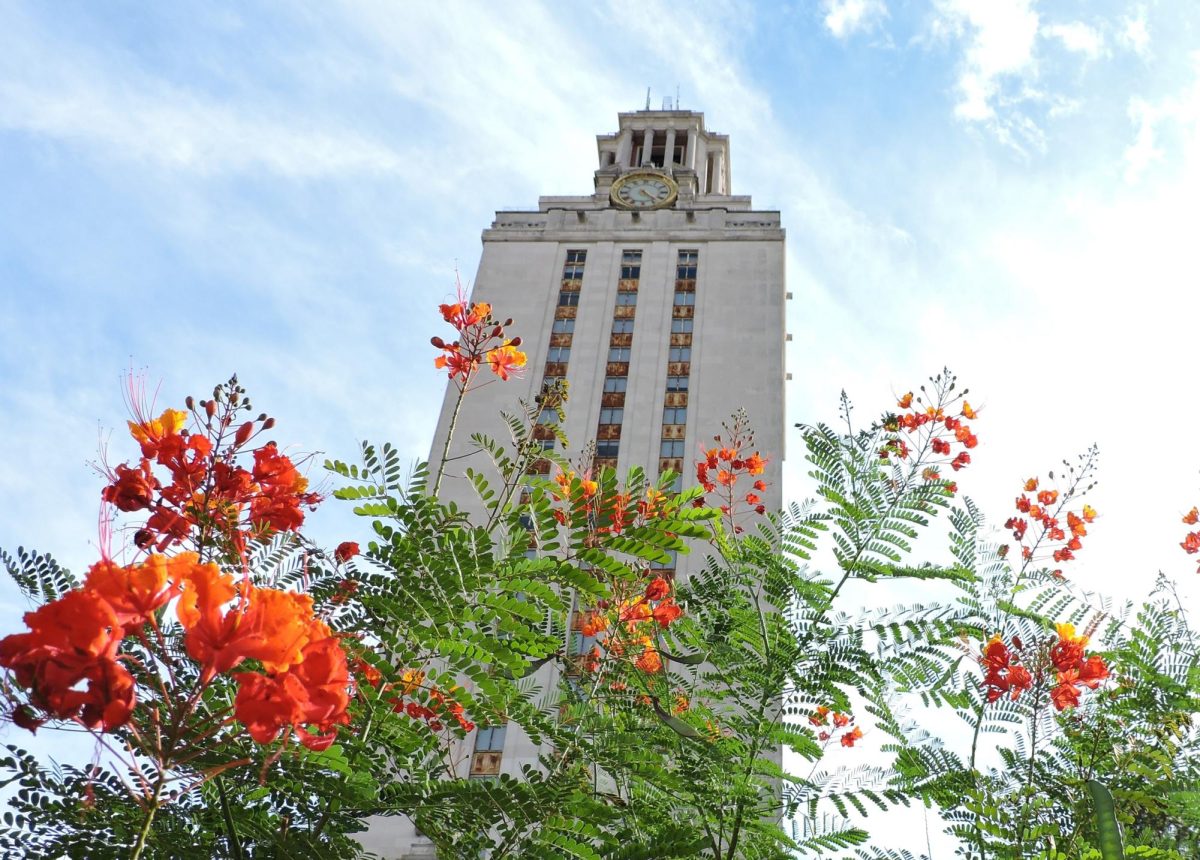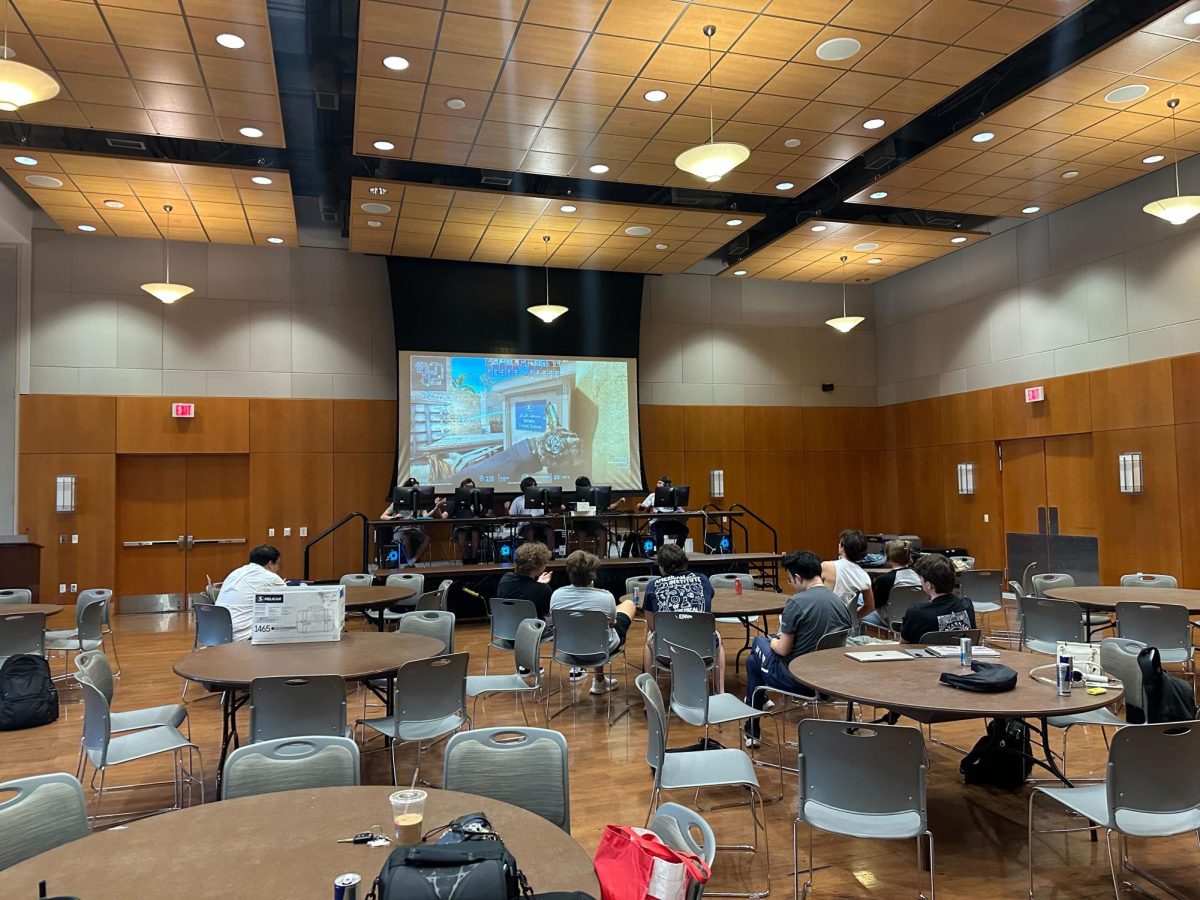After planting its roots in Austin, Saffron Magazine’s executives prepare for this magazine’s American takeover. Saffron, a South Asian-led multimedia collective, represents a cultural community growing both creatively and geographically.
Founded by UT alumna Jayashree Ganesan in 2022, Saffron unites South Asian and other racially diverse writers, stylists, hair and make-up artists, models and innovators in assembling a biannual issue. Named after the world’s richest spice, the publication explores the intersectionality within South Asian cultures. Saffron initiated a pivotal change in Austin’s growing editorial and fashion communities by championing diverse gender expressions and ethnic backgrounds, Ganesan said.
“I’m seeing how there has become a sense of legitimacy put to South Asian art,” said Saffron Editor-in-Chief Ganesan. “It’s tough that someone else has to be the cultural authority on what the legitimacy of a South Asian artist is or a non-Western artist is, but I’m seeing how people are emboldened by the prospect of other people acknowledging their craft.”
Feelings of isolation stemming from the lack of community in editorial publications on campus, Ganesan said she curated this entity to eradicate feelings of alienation while nurturing talent from non-European backgrounds.
“There’s a loss of community in a lot of editorial publications because of how cliquey they might be,” Ganesan said. “Their first thought is not inclusion or nurturing people, but rather to make this publication.”
Echoing that sentiment, several members of the collective said the environment in other student-run magazines feels disconnected and work-centric. They described Saffron as a community where the published content is important, but fostering personal connections and enjoyment is prioritized above all. Model Zak Kadir said they enjoy participating in a creative-centric South Asian community.
“The high school I went to was very competitive,” Kadir said. “A lot of the South Asian-led orgs were pretty academic based, and it was nice to have something outside of that.”
Writing director Safiyya Haider said that although immersed in their own culture during high school, Saffron allows them the liberation of self-expression as it highlights the complexity of identities within South Asian cultures.
“I’ve definitely found more of a sense of belonging in Saffron,” Haider said. “I think it’s the first space that has been queer South Asian centered.”
In starting the collective, Ganesan and Yousuf Khan, the former creative director and current styling director, sought inspiration from Diet Paratha, a London-based social platform created to elevate the perception of South Asian creatives. Its founder, Anita Chhiba, said the name Paratha, translating to Indian flatbread, imitates a fashion watchdog group called Diet Prada. Though Diet Paratha started on Instagram, the transformed creative agency now reigns as the self-proclaimed “Best in South Asian Talent and Creativity.”
After consulting with Diet Paratha Staff, Saffron feels prepared to nationalize its brand.
The magazine started at UT, but its executives no longer confine themselves to the Forty Acres. After last season’s successful collaboration with a New York musician, they plan to continue this momentum of expanding nationwide. Out of 60 members, the organization boasts 15 who live outside of Austin and three who live outside of Texas.
The team also shared goals of pushing past the magazine. Though debating the discontinuation of their standard biannual magazine issues, Saffron is evolving into a platform. Long-term, executives said they want to expand into a creative agency.
“We’re trying to broaden what we create and what we do,” Khan said. “We’re in a pretty transitional period.”

